Menu
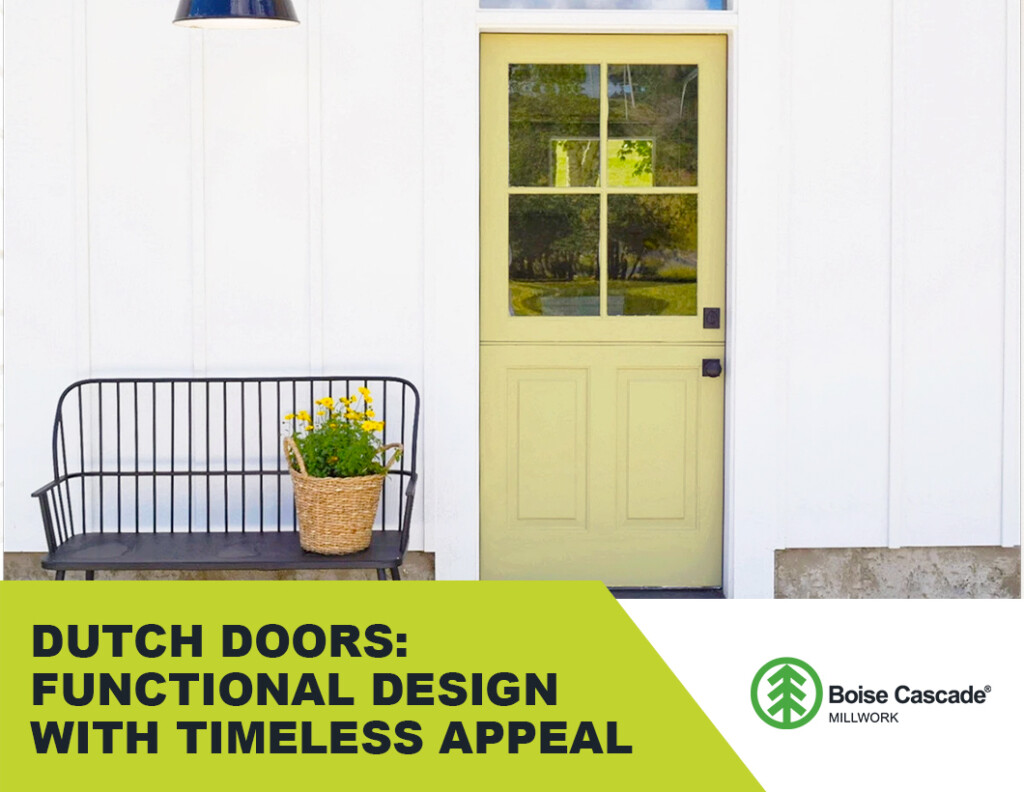

Dutch doors aren’t just a design choice; they’re a statement—a perfect blend of functionality and timeless charm. Once a staple in 17th-century homes, these split doors have made a stylish comeback, seamlessly infusing homes with a sense of rustic elegance and practicality. Whether you’re envisioning a cozy farmhouse look or want to add a unique feature to your modern space, Dutch doors invite versatility and creativity.
This blog will take you through everything you need to know about Dutch doors—from their origins to modern uses, practical benefits, and inspiring examples. Prepare to envision how this enduring design can elevate your home to impeccable standards of beauty and utility.
Originating in the Netherlands during the 17th century, Dutch doors were designed to keep animals outside while allowing fresh air and light to flow indoors. Their split structure allowed the top half to open independently, creating a functional solution for the time. What began as an agricultural necessity evolved into an iconic design known for its practicality and simplicity.
Fast forward to today, and Dutch doors have re-emerged in modern home designs. With their vintage appeal and functionality, they strike the perfect balance between nostalgia and contemporary living. More homeowners and designers are rediscovering their potential, recognizing that Dutch doors are far more than a relic—they’re a gateway to charm, character, and efficiency.
What makes Dutch doors such a practical design choice? Beyond their charming appearance, they deliver unmatched functionality that suits a variety of lifestyles. Here’s why they’re a smart addition to any home:
Want to enjoy the morning breeze while keeping kids or pets inside? Dutch doors allow you to open the top half for ventilation and views while keeping the bottom half closed for safety, creating the perfect balance between open-air living and functionality.
For families with young children or pets, Dutch doors offer a safer alternative to fully open entryways. Keep the bottom half locked while keeping an eye on what’s happening outside—whether it’s kids playing or guests arriving. They’re also great for blocking access to stairs or certain rooms while still allowing light and air to flow through.
From acting as a barrier to an indoor mudroom, gating access to specific rooms, or enhancing kitchen workflows, Dutch doors make multitasking a breeze. They’re the adaptable hero of home design, ready to meet your household’s needs.
By partially opening the top panel, Dutch doors brighten spaces with natural light and promote healthy airflow, eliminating stuffy rooms or dark corners.
Dutch doors do more than serve a function—they narrate a story. They evoke warmth, hospitality, and timeless style. It’s not just a door; it’s a feature that draws attention and admiration. Here’s how Dutch doors enhance beauty:
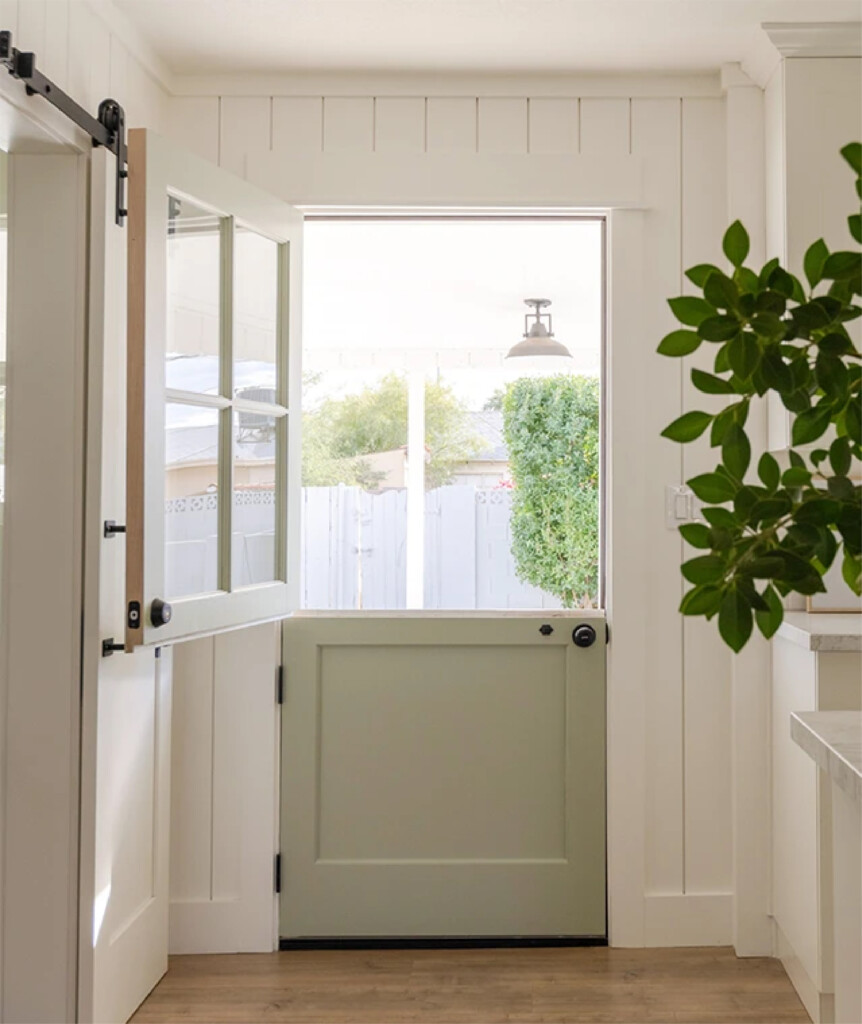
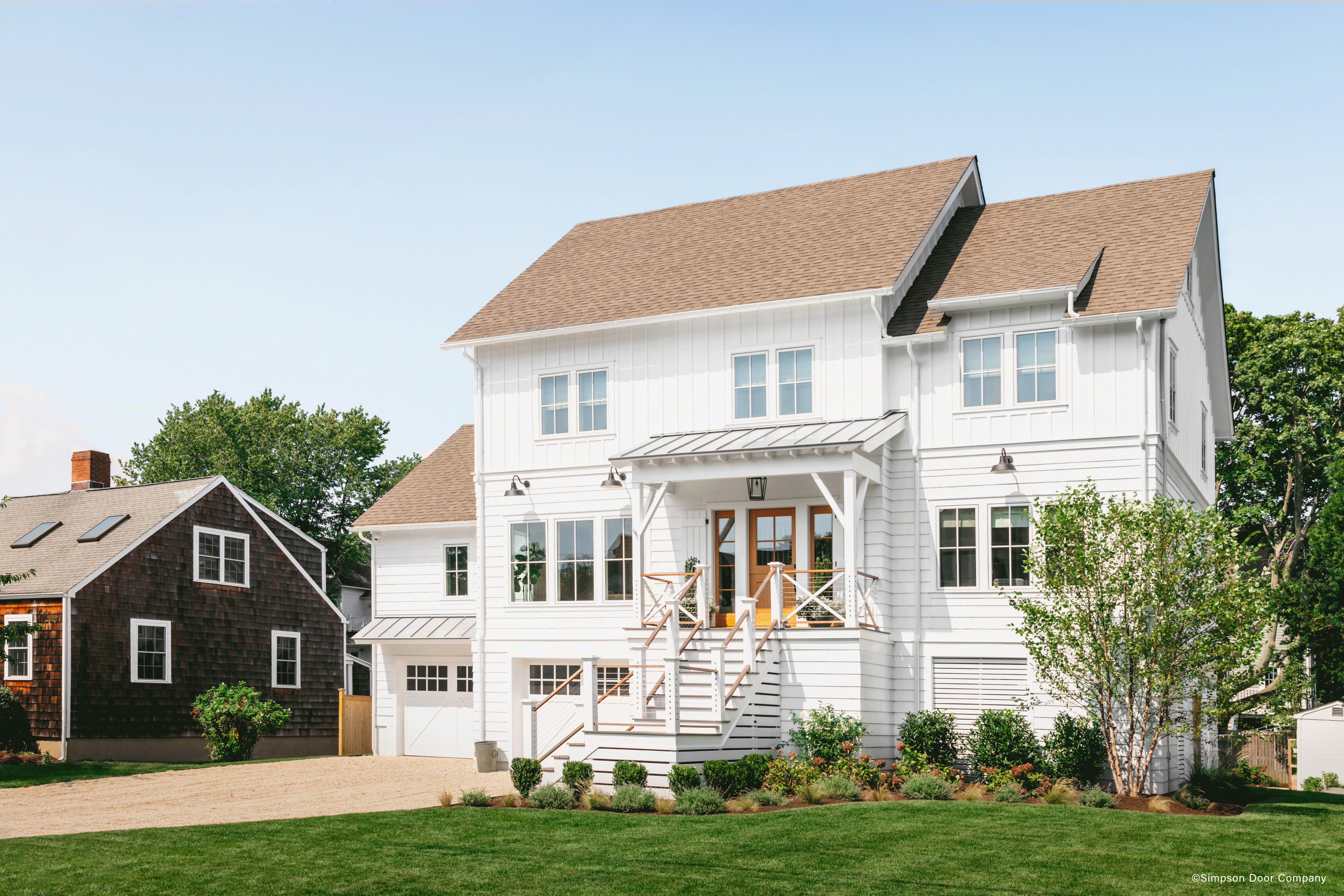
Dutch doors offer nearly limitless possibilities for personalization. Here’s how to match them to your home’s design:
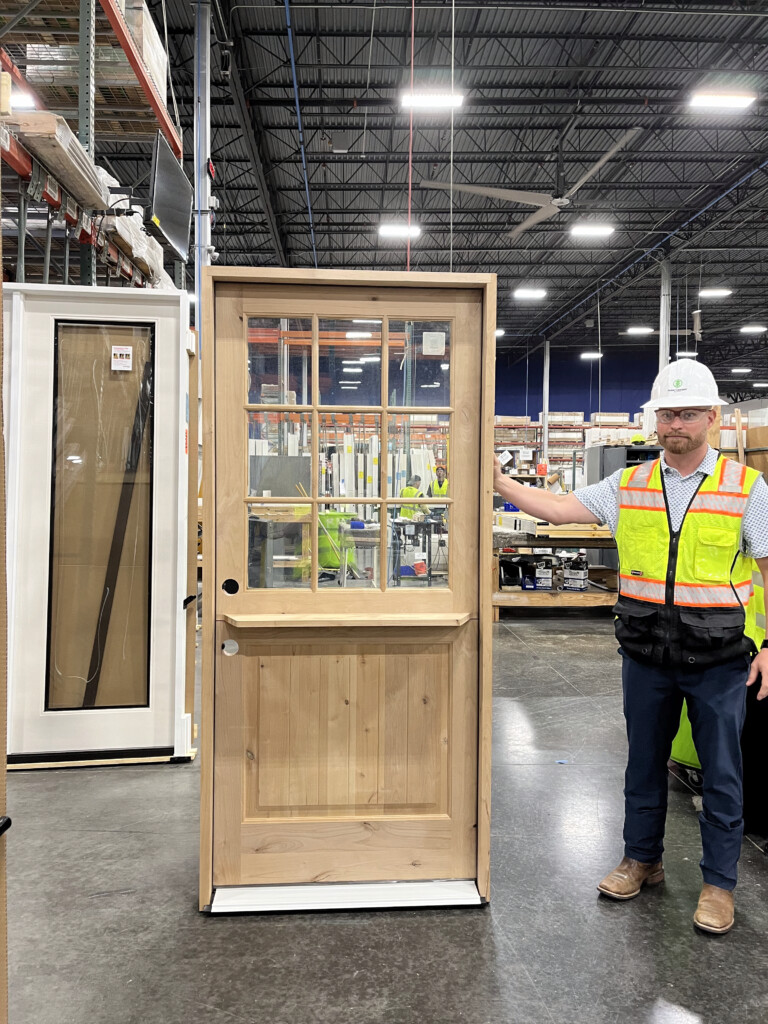
Investing in Dutch doors requires thoughtful installation and regular maintenance to preserve their charm and function:
Still wondering how Dutch doors fit into contemporary homes? Here are examples of how homeowners have used them to transform spaces:
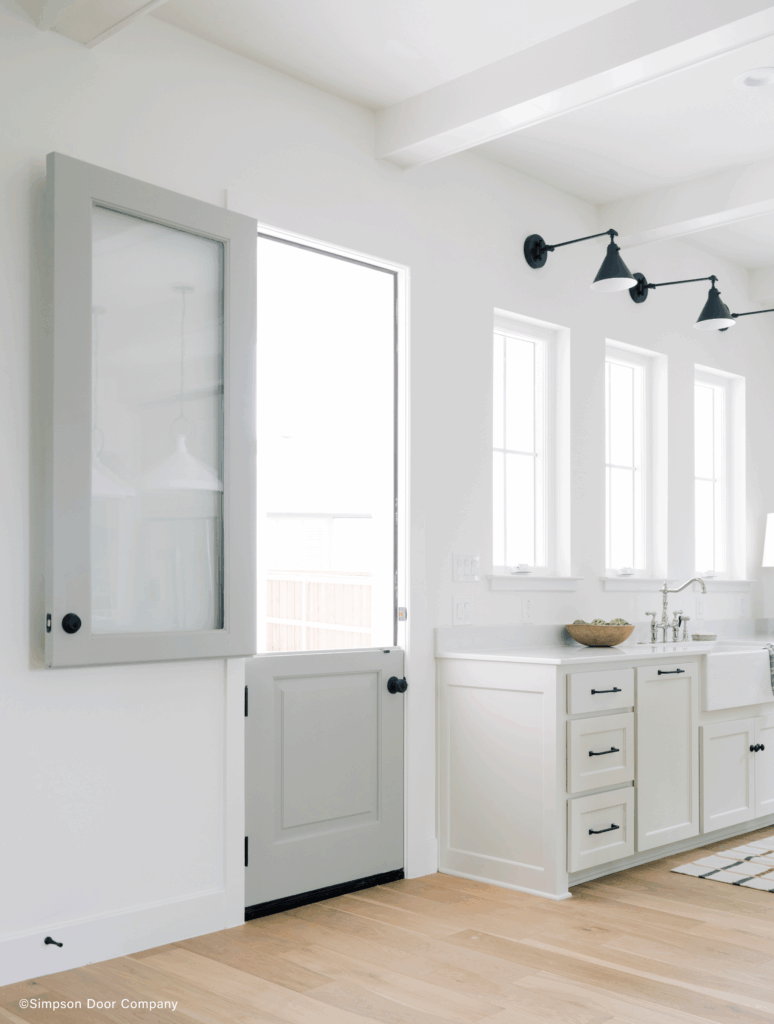
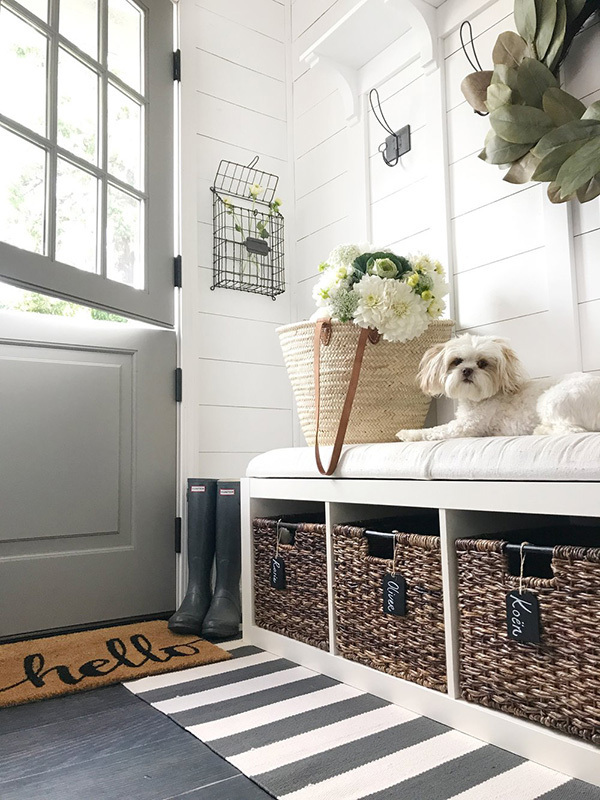
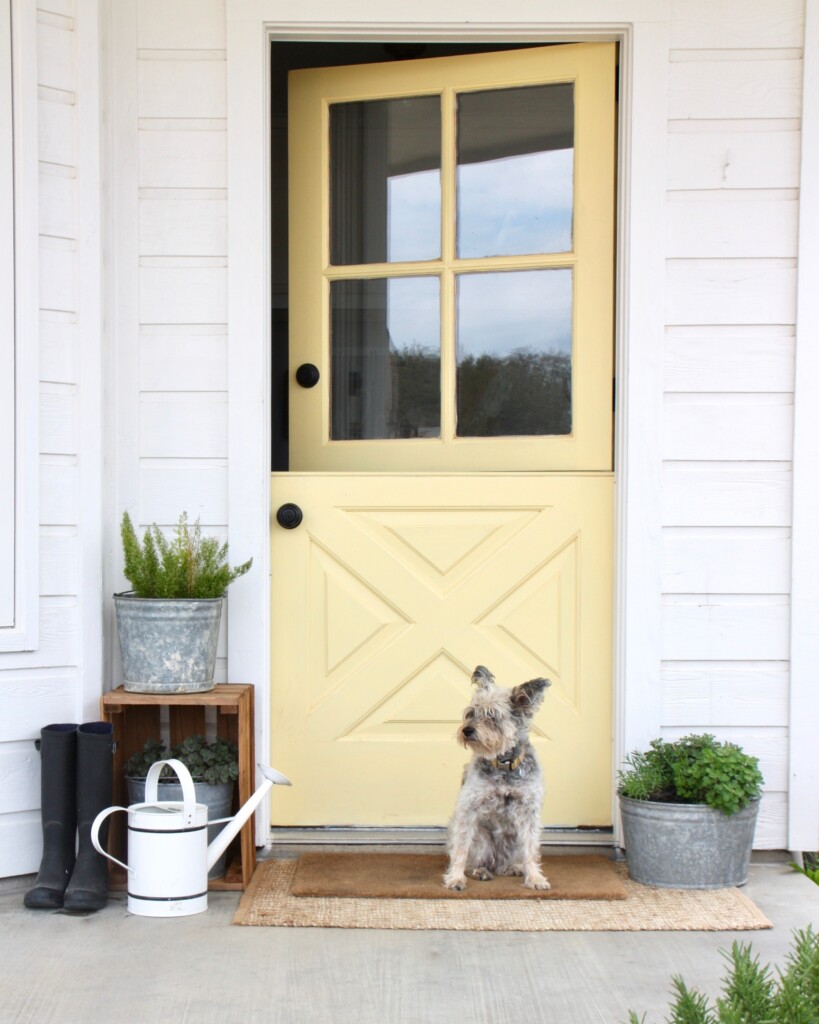
Dutch doors may be rooted in history, but their utility and charm make them a design choice perfectly suited for modern homes. They bridge past and present, functionality and beauty, proving that some designs truly transcend time.
Whether you’re building a new home or refreshing your current space, Dutch doors inspire limitless possibilities. Their flexibility ensures a balance of practicality and elegance, making every home they grace stand out as a work of art.
Want to learn more about Dutch doors? Whether you’ve already installed them in your home or just discovered a stunning design idea, we’d love to see it! Share your photos or tag us on Instagram to showcase the timeless charm of Dutch doors and help inspire others.
Ready to transcend the threshold? Explore our Dutch door options or contact your local Boise Cascade Millwork sales representative or dealer today.
A Dutch door is a door divided horizontally into two sections, allowing the top half to open independently of the bottom. This design lets in fresh air and light while keeping pets or children safely inside.
Yes, Dutch doors can be customized to match a variety of home styles, from modern minimalism to rustic farmhouse, making them a versatile choice for contemporary living.
Dutch doors provide improved airflow, enhanced safety for families with kids or pets, and increased natural light—all while adding distinctive character to your home.
Absolutely. When properly weatherproofed and sealed, Dutch doors are ideal for exterior use and can boost curb appeal while offering practical functionality.
Routine maintenance includes checking and lubricating hinges, ensuring proper alignment, and sealing or refinishing the surface as needed to protect against wear and weather.
